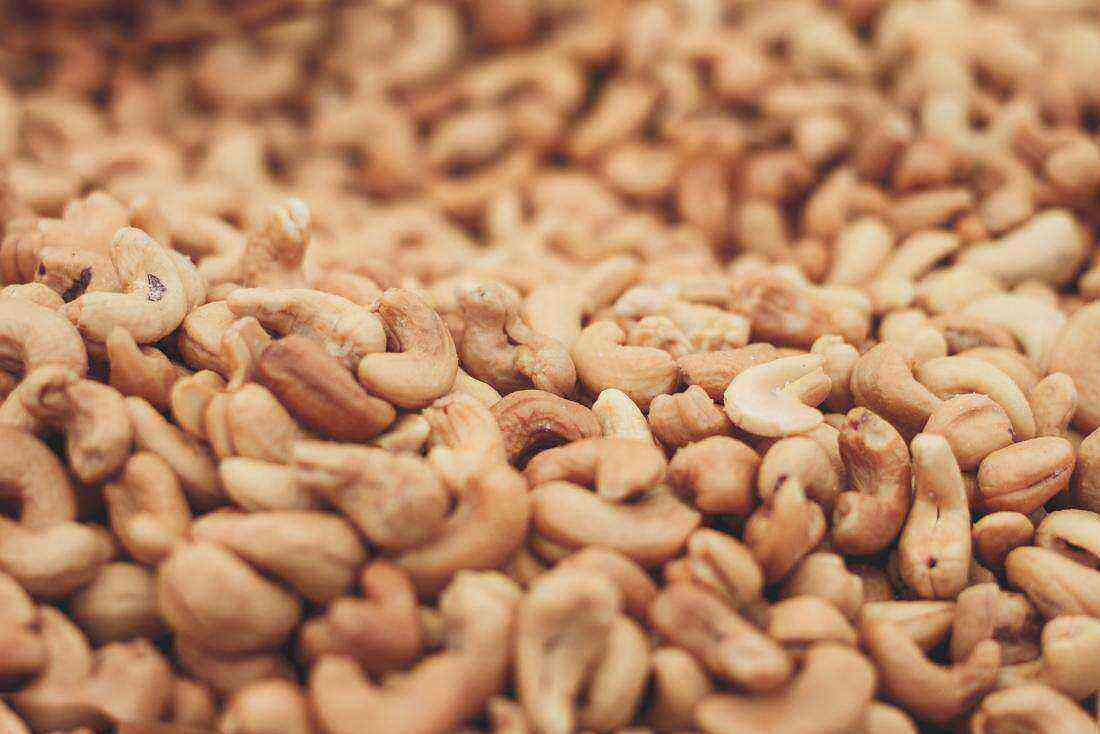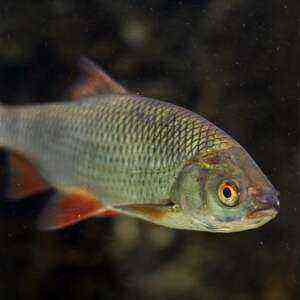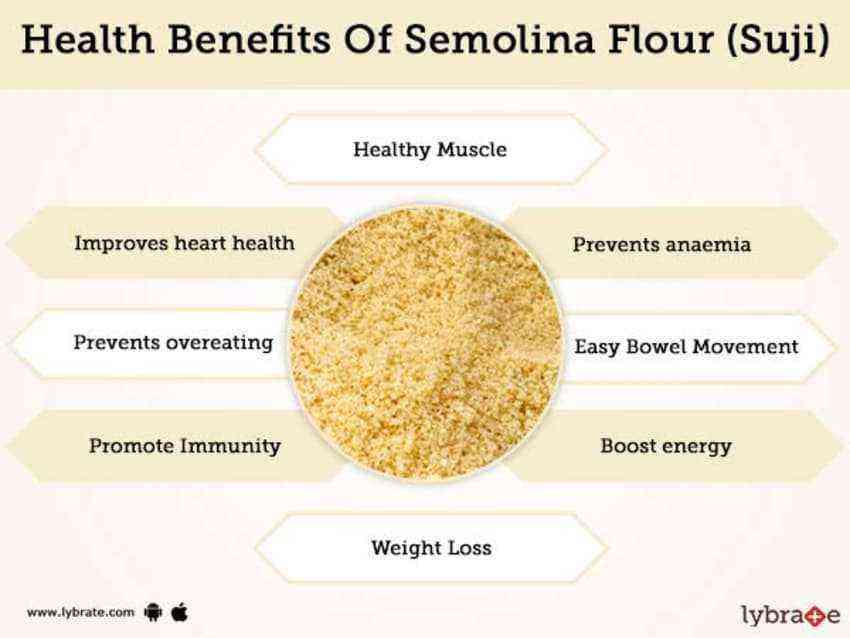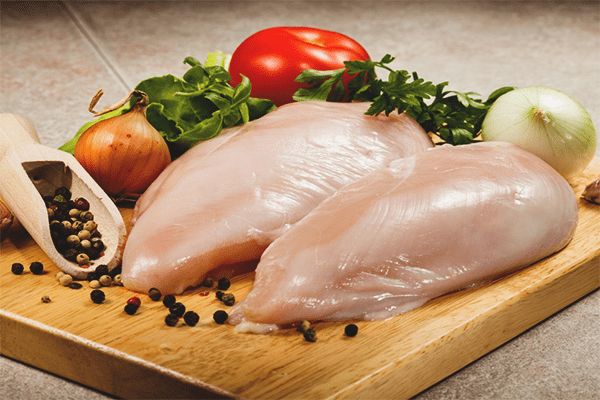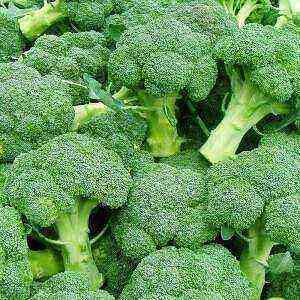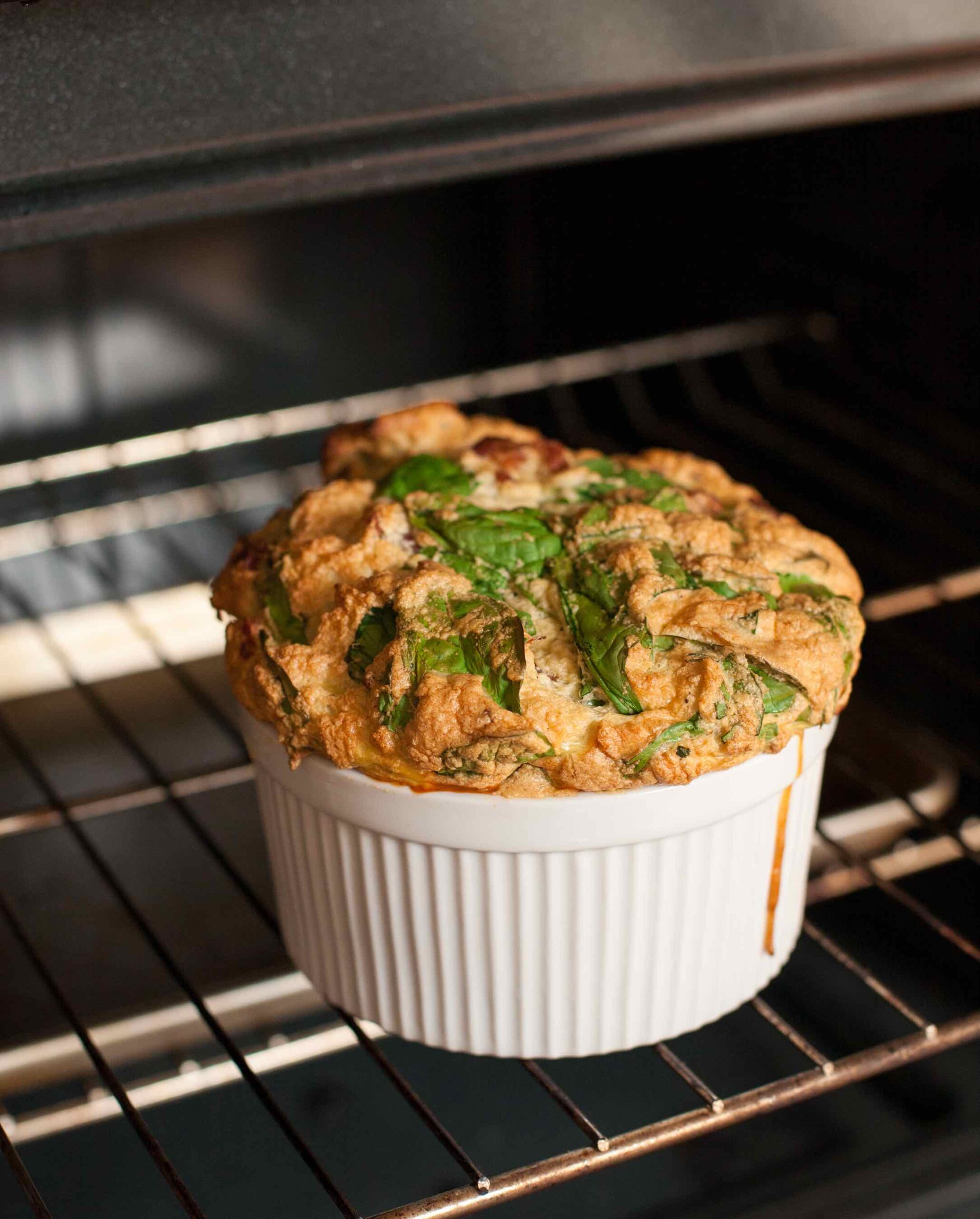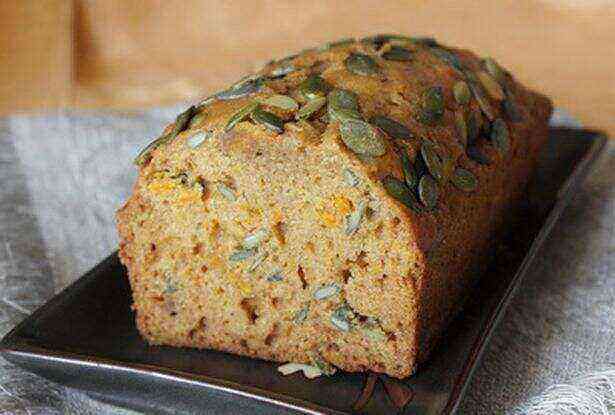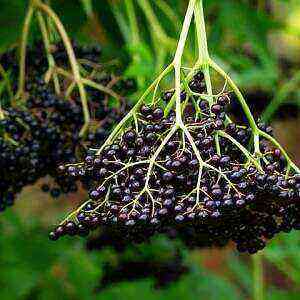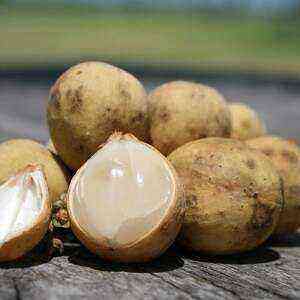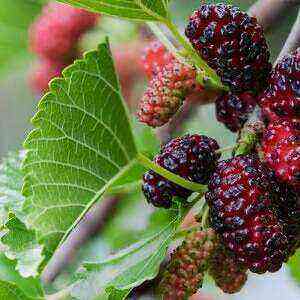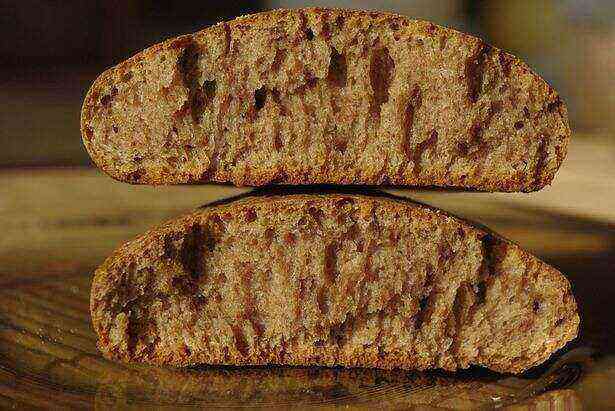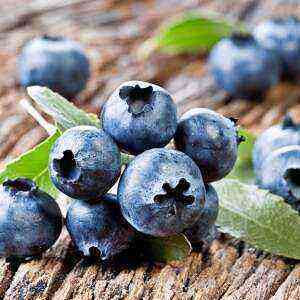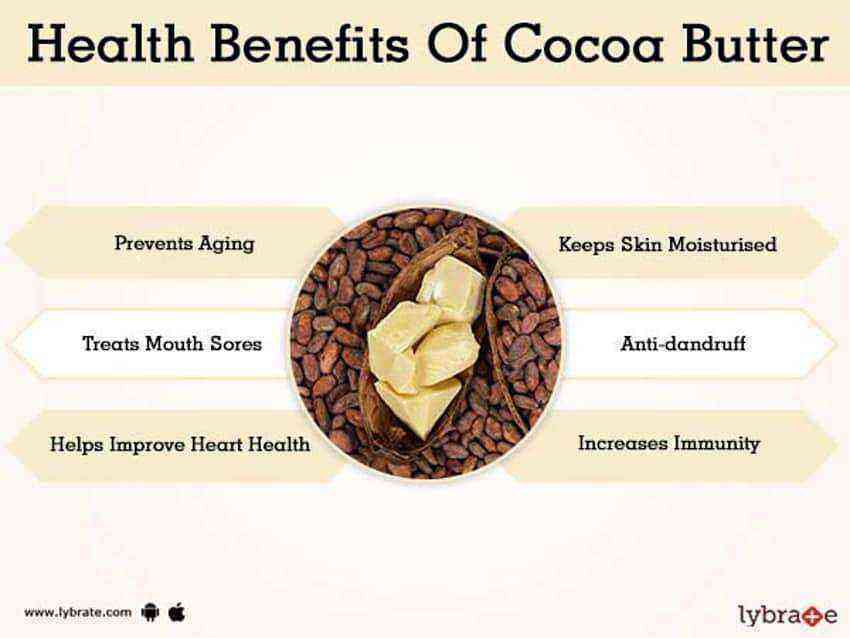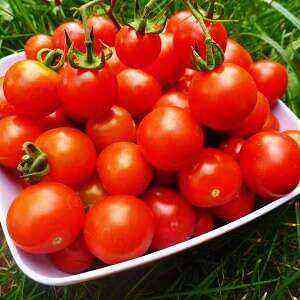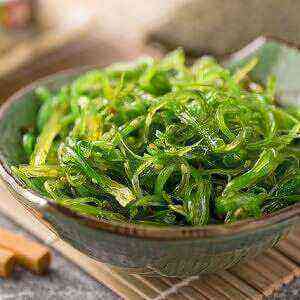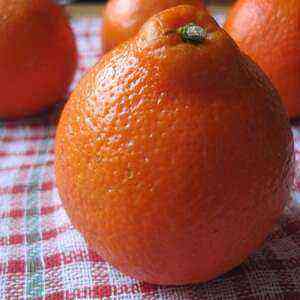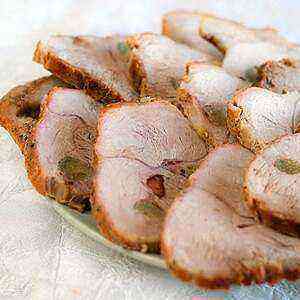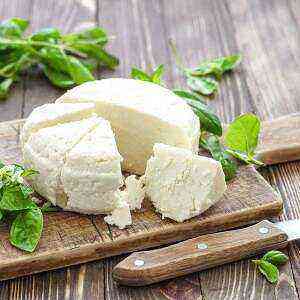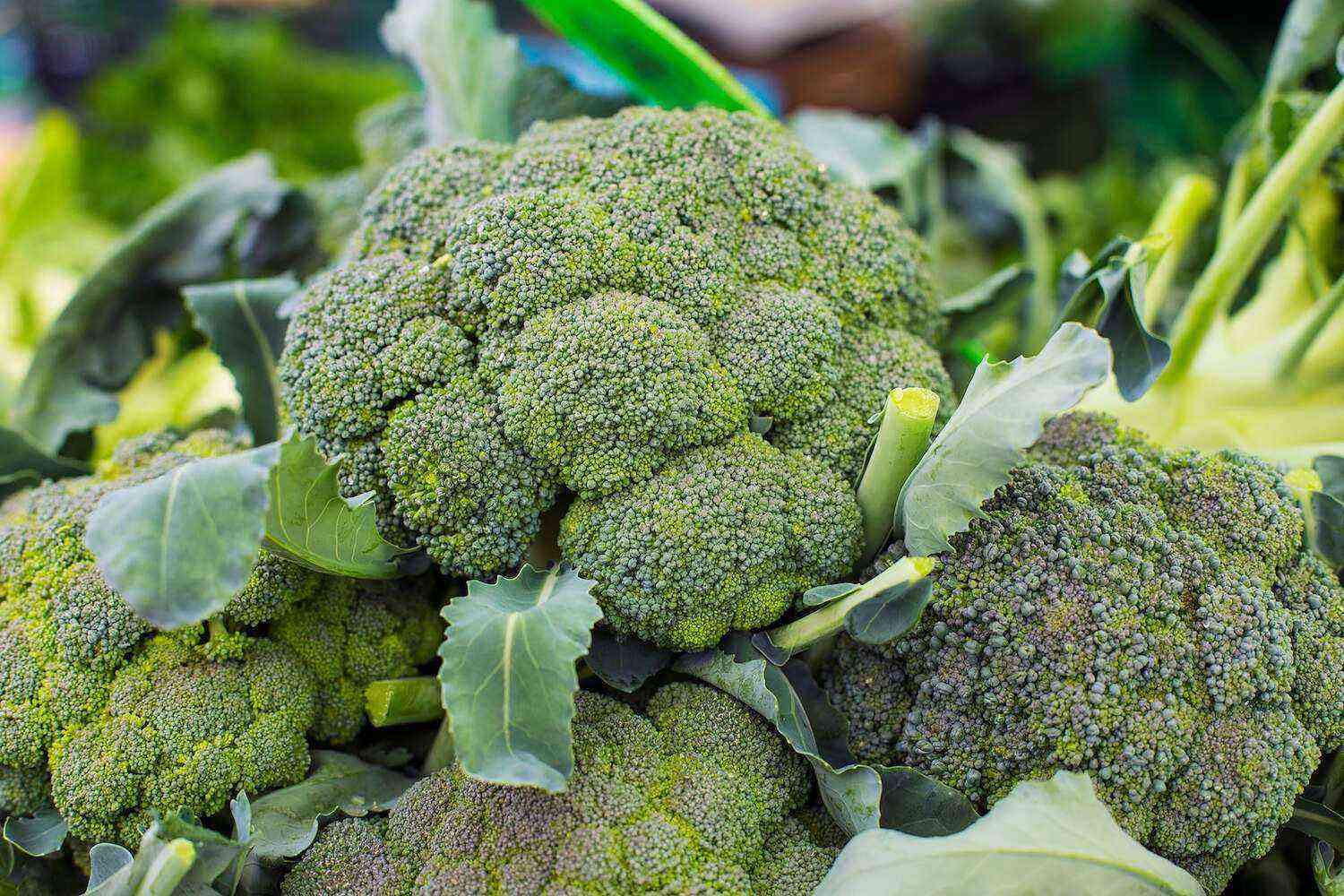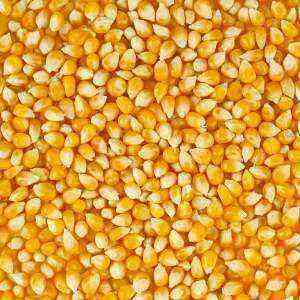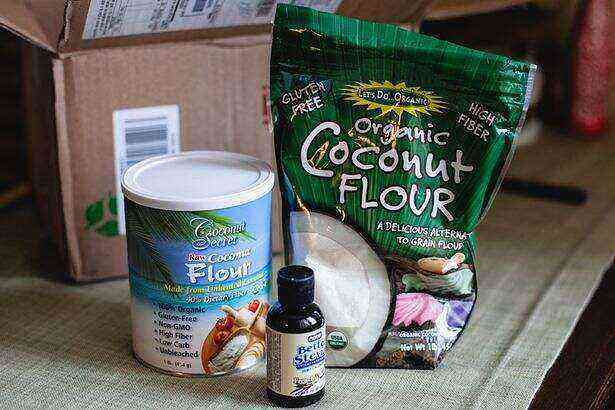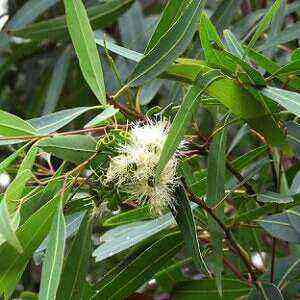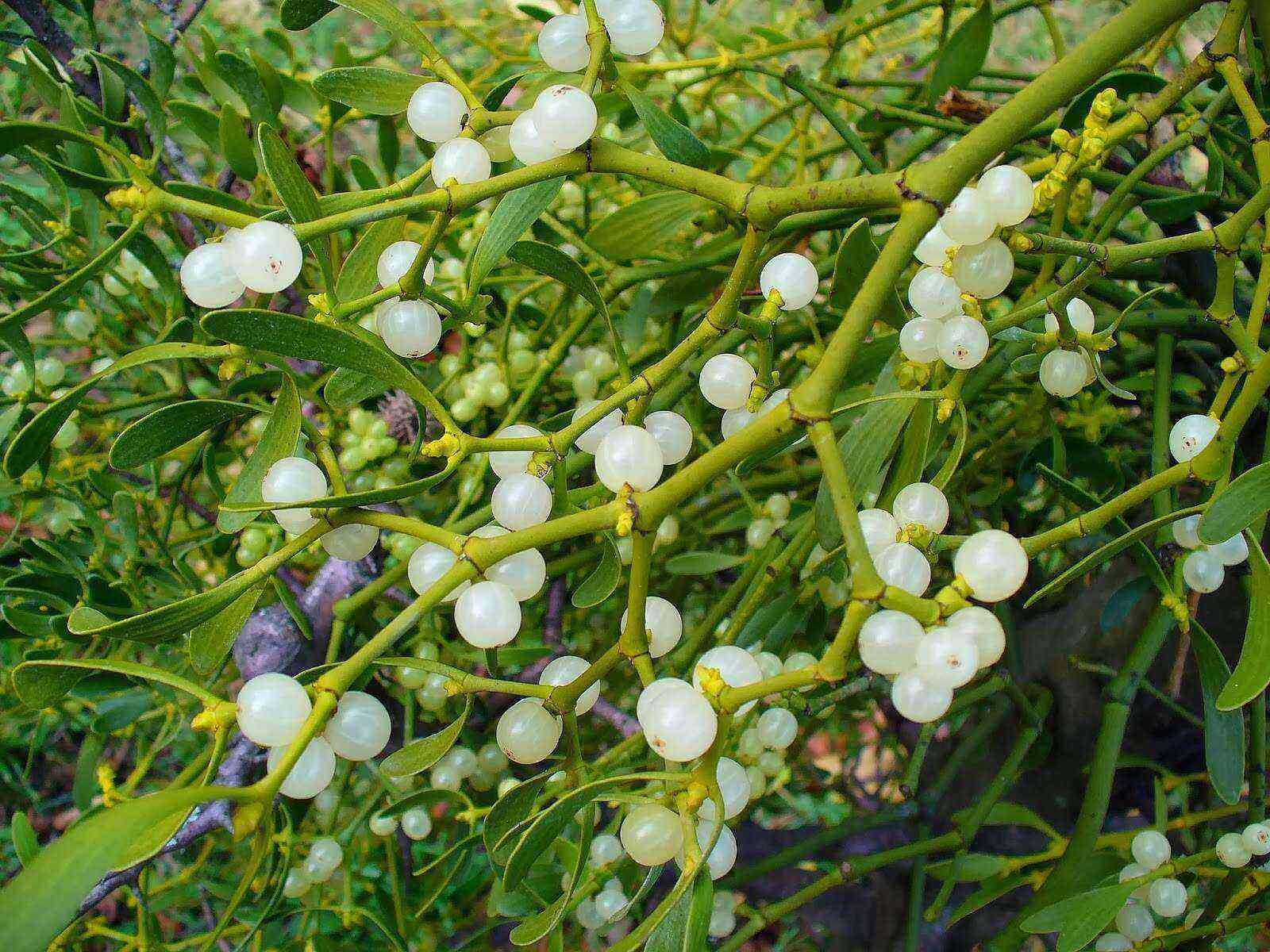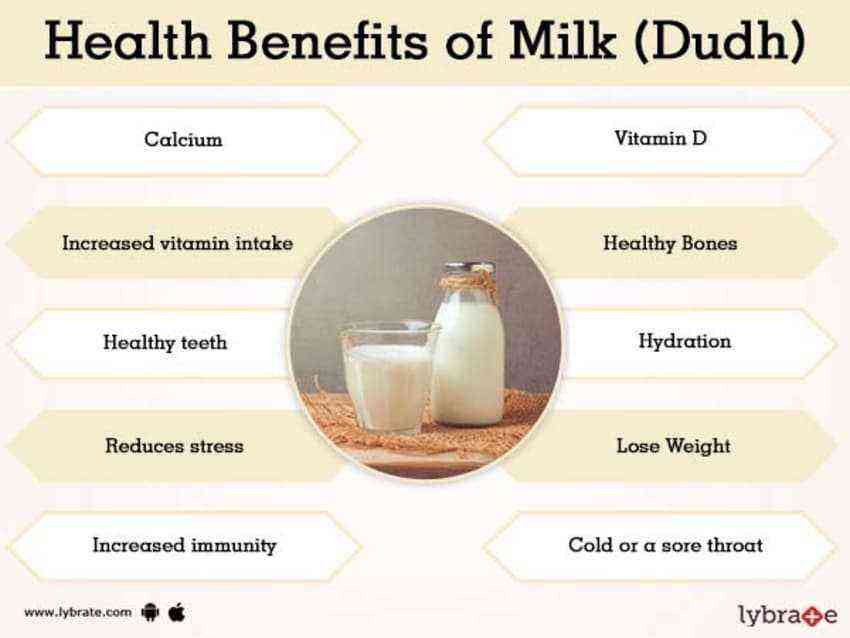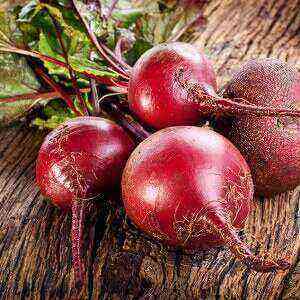
Today, beet leaves and roots are used for animal feed, as a raw material for sugar production, and in cooking.
According to the data of the school of medicine in London, buryak effectively lowers blood pressure, supplies the body with folic acid, potassium, antioxidants.
Species and varieties
When choosing seeds, pay attention to the type and variety of the root, which determine its taste, structure, shape, size and rate of ripening.
There are several varieties of beets .:
1. Dining room. It is a cold-tolerant light-loving plant that contains 16% sugars, 3% protein, 1,4% fiber, 1,3% vitamins and minerals, 0,5% organic acids. Leaves and a weighty single root vegetable are eaten, which has a sweetish taste. A ripe vegetable has a juicy, firm pulp without lint and hard veins. It is added to vinaigrette, beetroot, borscht. This is the most famous variety of beetroot. Common varieties of beetroot: “albina veroduna”, “valenta”, “madame rugette F1”.
2. Stern. A striking representative of this species is the “Eckendorf yellow”. Root crops of fodder beet have a cylindrical, elongated-oval, conical, rounded shape, not strongly developed. The distinctive features of this variety include a high fiber content and impressive size. In human everyday life, a vegetable is grown exclusively for fattening livestock. The most productive variety is “Arnimkrivenskaya”. The root crop has a cylindrical configuration and rises ¾ above the ground. Fodder beet improves the quality of offspring in farm animals, increases milk yield in cows. Other popular varieties include “northern orange”, “first-born”, “titanium”, “timiryazevskaya single-seeded”.
- Sugar. These are white beets, which are primarily grown to obtain sugar, the content of which reaches up to 23%. Representatives of the species are “Detroit”, “Bohemia”, “Bona”, “Larka”. They are prolific varieties that can be stored for a long time. Root crops weighing up to 600 g grow from seeds. From one hectare it is possible to collect 600 centners of the crop.
- Leafy (Swiss chard). In appearance, such beets resemble spinach. The leaves of this root vegetable are natural sources of carotene and organic acids. Popular varieties include pink passion, lucullus, rhubarb chard. In cooking, juicy cuttings and young leaves are used until they are hardened. Mangold is a medicinal plant that is useful for treating kidney stones, obesity, diabetes, hypertension, anemia.
The most productive varieties of beets are “winter A-474”, “burgundy 237”, “cylinder”. Up to 8 kg of root crops can be harvested from one square meter of land. The beet grows up to 7 cm wide and 20 cm deep.
The high yield of the root vegetable is due to its compact placement in the garden. It is equally important to choose high-quality seeds for sowing, create favorable conditions for crop growth (heat, sun, moisture) and control the growth of weeds.
Chemical composition
Beetroot is a biennial plant with a thick, dark red turnip root. The leaves on the stem are oblong, small, purple-green in color. The root of this vegetable is fleshy, protrudes above the soil surface. The length of the leaf rosette, as a rule, does not exceed 0,5 m.
In terms of iron content, red beets are second only to garlic. farmer-online.com… And in terms of its ability to saturate the body with iodine, it is second only to seaweed.
Table № 1 “The chemical composition of raw and boiled beets”
Name
Content of nutrients, mg per 100 g of product
cooked .
Raw .
Vitamins
Ретинол (А)
0,002
0,002
Тиамин (B1)
0,027
0,031
Рибофлавин (B2)
0,04
0,04
Холин (В4)
6,3
6
Пантотеновая кислота (В5)
0,145
0,155
Пиридоксин (B6)
0,067
0,067
Фолиевая кислота (B9)
0,08
0,109
Аскорбиновая кислота (C)
3,6
4,9
Токоферол (E)
0,04
0,04
Филлохинон (К)
0,0002
0,0002
Ниацин (PP)
0,331
0,334
Бетаин
–
128,7
Macronutrients
Калий
305
325
Натрий
77
78
Фосфор
38
40
Магний
23
23
Кальций
16
16
Trace Elements
Железо
0,79
0,8
Цинк
0,35
0,35
Марганец
0,326
0,329
Медь
0,074
0,075
Селен
0,0007
0,0007
The calorie content of raw and boiled beets is 43 kcal and 44 kcal, respectively, per 100 g of product. The BJU ratio is 17%: 4%: 79% for boiled root crops and 18%: 5%: 77% for raw . ..
Table No. 2 “Nutritional value of raw and boiled beets”
Name
Content, g per 100 g of product
cooked .
Raw .
Proteins 1,68 1,61 Fats 0,18 0,17 Carbohydrates 7,96 6,76 Water 87,06 87,58 Ash 1,12 1,08 Dietary fiber (fiber) 2 2,8 Mono- and disaccharides 7,96, 6,76 0,442 Essential amino acids 0,423 0,828 Essential amino acids 0,793 0,025 Phytosterols – 0,028 Saturated fatty acids (palmitic, stearic) 0,027 9 Monounsaturated fatty acids (omega-0,035) 0,032 0,064 Polyunsaturated fatty acids (linoleic, linolenic) 0,06 XNUMX
Due to the abundance of useful substances (mineral salts, vitamins, organic acids, saccharides, dietary fiber, protein), beets are used in medicine as a general strengthening, vasodilating, sedative, which also improves digestion and metabolism.
The benefits and harms of raw beets
Raw vegetables contain betanin, betaine, potassium and calcium salts, iodine, fiber, which have a beneficial effect on human health. .:
- remove salts of heavy metals and radionuclides from the body (purify the blood);
- restore liver function;
- balance metabolic processes;
- improve the condition of capillaries, strengthen the walls of blood vessels;
- lower blood pressure;
- make up for the lack of iodine, iron;
- stimulate intestinal motility (normalize stool);
- maintain normal acid-base balance in human blood;
- improve the assimilation of proteins, the transport of hemoglobin in the blood (prevent oxygen starvation);
- increase efficiency, preserve memory;
- protect the thyroid gland from adverse environmental factors.
Betaine, which is part of raw beets, fights osteoporosis, Alzheimer’s disease, atherosclerosis, heart pathologies, anemia, mastopathy, thrombophlebitis.
According to research by American scientists, the pigment betacyanin, which gives beets their characteristic dark red color, is a powerful antioxidant that slows down the growth of malignant neoplasms. ..
Among the contraindications to the use of root vegetables, the following are noted .:
- diseases of the gastrointestinal tract at the stage of exacerbation;
- gastritis with high acidity;
- hypotension;
- a tendency to diarrhea;
- diabetes;
- the second stage of urolithiasis;
- allergy.
Start taking raw beets gradually with 5 grams (one teaspoon) of grated vegetable per day and monitor the body’s reaction. In the absence of adverse reactions (nausea, headaches, rashes, diarrhea), gradually increase the daily dose of the product to 200 g [8].
It is recommended to combine the intake of raw beets with fresh cucumbers or carrots, which soften the active effect of the vegetable. The root crop should be of a deep dark red color, elastic, without white inclusions. It is believed that the greatest benefit for the human body is a cylindrical vegetable.
Boiled beets: useful properties and contraindications
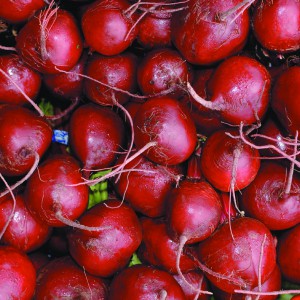
The root vegetable contains a large amount of natural antioxidants (including lutein) and methylated amino acid derivatives, in particular betaine, which regulates fat metabolism, preventing hepatic obesity. It is a natural anti-asthma remedy that supports respiratory and cardiovascular health. The vegetable increases the body’s endurance, prevents hormonal imbalance.
The benefits of boiled beets are as follows .:
- increases the protective functions of the body, improves its ability to resist pathogenic bacteria and microbes;
- supplies the body with vitamins A, C, B9, macro- and microelements: sodium, calcium, chlorine, phosphorus, iron;
- supports the health of the organs of vision: prevents the appearance of cataracts, macular degeneration;
- cleans the body, relieves constipation.
- improves metabolism, participates in the formation of blood cells;
- increases sexual activity in men;
- reduces painful sensations during menstruation in women;
- lowers the level of homocysteine, an excess of which negatively affects the condition of the blood vessels;
- gives the body vitality.
Various dishes are prepared from boiled beets, for example, salads with the addition of prunes and nuts. They are seasoned with lemon juice, sour cream, vegetable oil.
Boiled beets interfere with the absorption of calcium. Therefore, people with a predisposition to osteoporosis should refuse to eat foods containing root vegetables. In addition, it is worth considering that a boiled vegetable has a glycemic index twice as high as that of a raw vegetable, and is equal to 65 [9]… Once consumed, it causes a spike in blood sugar that quickly fills up fat cells. As a result, patients with diabetes mellitus and everyone who is going to lose weight should abandon the cooked product in favor of the raw one.
Beetroot juice
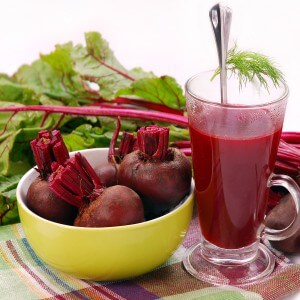
- heals a runny nose, relieves inflammation of the throat;
- removes uric acid, toxins;
- normalizes the irregular menstrual cycle;
- improves kidney and liver function;
- prevents the formation of blood clots, the development of anemia;
- removes stones from the gallbladder, kidneys (except oxaluriae);
- improves hearing, eyesight;
- helps with thrombophilia;
- relieves insomnia;
- increases the content of red blood cells;
- stimulates the lymphatic system;
- improves the complexion;
- useful for hypothyroidism.
The strength of the effect of beet juice on the human body is so great that uncontrolled intake can cause an increase in body temperature, heart palpitations, and numbness of the vocal cords. In this regard, it is recommended to use it in combination with carrot, cucumber, apple, pumpkin or celery juices.
Start drinking freshly squeezed beet juice with 50 ml diluted with 200 ml of water.
Beet juice in its pure form can be consumed only after it has been infused for two hours. If you take it right after spinning, you may experience nausea, headaches, upset stomach. ..
Remember: freshly squeezed juices cannot be stored – they must be drunk within 12 hours after preparation. The longer the drink is infused, the more it loses nutrients.
Useful vegetable fresh juices
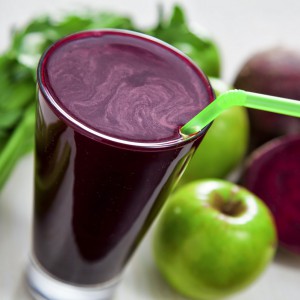
- Beetroot-carrot-apple is the healthiest combination. Fresh juices are mixed in a 1: 1: 1 ratio. Drinking a vitamin drink will help avoid heart attack, stomach ulcers, lung cancer, hypertension, and abnormalities in the work of the pancreas. To prepare it, peel the ingredients, cut them and puree in a blender, leave to brew for two hours. The recommended course of treatment is three months.
- Beetroot-orange-carrot. The ratio of ingredients is 0,5: 2: 1, respectively. This combination reveals the beneficial properties and taste of each of the products. Vitamin C, which is part of the orange, promotes the absorption of iron concentrated in the beet pulp. And carrots are a natural source of beta-carotene, a natural antioxidant. Peel all ingredients, beat with a blender, add 50 ml of water. Fresh is recommended to drink in between meals.
- Beetroot-cranberry with honey. This combination cleanses the kidneys and liver, relieves vasospasm, lowers blood pressure, weakens, and has a sedative effect. The ratio of cranberry and beet juice is 1: 2. To enhance the positive effect on the body, add 15 ml of honey to the vitamin composition. Dilute the juice with 50 ml of water before taking it.
- Beetroot and kefir. It is a fat-burning drink that contains a minimum of calories and a maximum of nutrients. Sour-milk-vegetable cocktail reduces appetite, has a diuretic and laxative effect, cleanses the liver, intestines, improves metabolic processes. The ratio of raw beets to biokefir 1% is 1: 1. If desired, you can add 100 ml of mineral water to the drink.
It is recommended to take fresh juices 150-200 ml several times a day. The course of treatment depends on the etiology of the disease and varies from 30 to 120 days.
Healthy combinations of fresh juices .:
- To reduce hangover, recuperation after the disease: orange + carrot + beet + apple.
- For weight loss: grapefruit + cucumber + plum + beets + carrots + celery.
- To increase hemoglobin, eliminate anemia: carrots + beets
- To improve performance: spinach + apple + dill + beet + carrots.
- To improve digestion: carrots + apple + beets + ginger.
- To eliminate heartburn: carrots + celery + cucumber + beets + cabbage + banana.
- To cleanse the liver: pineapple + lime + beets + carrots.
- For softening stones: radish + beet.
- To clean the gallbladder: celery + carrots + sweet cherry + beets + cucumber + radish.
- To improve liver function: radish + carrots + beets.
- To recuperate cancer patients: beets + potatoes + apple + carrots.
Remember: due to the high concentration of nutrients, freshly squeezed juices have a powerful effect. Therefore, they should be taken in dosage, no more than 200 ml at a time, otherwise, instead of a positive effect, you can harm your health, resulting in an exacerbation of chronic diseases of the digestive and excretory systems.
Application in folk medicine
Beetroot vegetables have medicinal properties: they improve blood composition, fight ulcers and tumors, high blood pressure, scurvy, liver diseases, constipation, anemia, varicose veins, thrombophlebitis.
Folk recipes for eliminating ailments [11]:
From a runny nose. Mix 50 ml of freshly squeezed beet juice with 25 ml of honey. With the resulting composition, bury each nostril 2-3 drops several times a day.
- With oncology. During the day, you need to drink half a glass of beet juice several times a day 15 minutes before meals.
- With gallstone disease. Grate beet roots, fill them with water so that the liquid covers the flesh of the vegetable, put on fire. Boil the broth until thick. Strain the prepared syrup, take 100 ml daily 30 minutes before meals several times a day.
- With increased pressure. Dilute beetroot juice with honey in a 1: 1 ratio. Drink half a glass of vitamin drink 3-4 times a day before meals.
- With angina. Add 200 ml of apple cider vinegar to 15 ml of beet juice. Gargle with the resulting mixture (taking a sip) 3-4 times a day for five days until the symptoms disappear.
- To cleanse the intestines. To make a beetroot drink, peel and cut into large slices five root vegetables (medium size), pour 3 liters of warm water over them. Insist for a day, then add 50 ml of honey to the beets, stir until dissolved, strain. In addition to cleansing the intestines and removing toxins from the body, this tool speeds up metabolism, breakdown of fats, satisfies excessive appetite, and promotes weight loss.
- With anemia. Mix equal amounts of raw beet, carrot and radish juices. Take 15 ml before meals three times a day. It is recommended to store the tincture in a dark, unopened glass bottle.
Beetroot has extraordinary benefits during pregnancy. Vitamins, macro- and microelements that make up the root vegetable contribute to the formation of a healthy nervous system in the baby. In addition, she effectively fights constipation, which often occurs in women during the period of bearing a baby. Due to the abundance of iron, the crimson vegetable helps restore blood loss, counteracts the development of anemia in a woman after childbirth.
Cooking application
Beets are popular with chefs. On the basis of the root vegetable, first courses are prepared (borsch, beetroot, botvinya, okroshka), salads (vinaigrette, herring under a fur coat), vegetable casseroles. Today restaurants serve original exotic beetroot dishes: sorbet, ice cream, marmalade. It is not only a waste-free product, but also very useful.
Ways to cook beets:
- Cooking. The duration of heat treatment depends on the size of the root crop and is approximately 1-2 hours. Beets will cook much faster if you put them in a saucepan of boiling water, and not in cold water.
- For a couple. To preserve vitamins and minerals during cooking, do not peel or cut off the tails. It is enough to wash the beets well, put them in a double boiler and set the timer for about 40 minutes.
- Frying. Peel the skin of the fruit, cut into strips, put in a frying pan. To prevent the beets from burning, add oil, add a little water regularly, stir occasionally. Frying the vegetable takes about 15 minutes.
- Quenching. Peel the beets and grate the vegetable. Place the resulting “shavings” in a cauldron, cover with a lid, simmer over medium heat for 20 minutes.
Beets go well with herbs, starchy foods (zucchini, corn, potatoes, radishes, rutabagas, beans), proteins (meat, fish), fats (oil). At the same time, it is not recommended to use it with confectionery and sugar, since this combination causes fermentation in the intestines.
All vegetables can not be combined with milk, because it will lead to indigestion.
Beet Weight Loss Diet
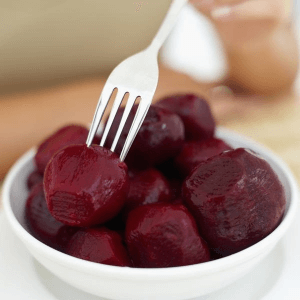
To get rid of a few pounds, spend beet fasting days once a week. During the day, it is allowed to consume only this root crop (raw or boiled) in an amount of up to 2 kg and drink 2-3 liters of still purified water.
If it is necessary to eliminate the extra 5 kg, it is recommended to pay attention to the mono beet diet lasting up to 10 days.
Rules for weight loss methods:
- Eat baked or boiled beets daily in six meals, no more than 2 kg of vegetables per day.
- For a varied diet, prepare a salad: grate a raw root vegetable, add 5 ml of olive oil (lemon juice). It is forbidden to salt the vegetable. To improve the taste, add spices to the salad that stimulate fat burning: ginger, cardamom, cinnamon, cayenne or black pepper, anise, turmeric, horseradish. However, do not overuse them so as not to irritate the stomach lining.
- Drink more about liquids: green tea, water without gas, fresh juices from grapefruit, apples, carrots, beetroot kvass.
To maintain the result, exit the diet carefully: increase the number of calories gradually, limit the consumption of confectionery and flour products, alcoholic beverages, fatty sausages and meat. Focus on fruits, vegetables and herbs.
Used in cosmetics
Beetroot extract is a miraculous ingredient with high antioxidant activity. It is suitable for all skin types and is beneficial for all ages. The root vegetable is present in cosmetics as a coloring agent (in the composition of blush), a cooling agent, and an antioxidant. Beetroot extract has anti-inflammatory and astringent properties and is used to treat irritated, problem skin prone to acne.
It is known that the extract from the crimson root vegetable strengthens the structure of the capillaries, maintains hydration for 8 hours at the proper level, fights scalp flaking (dandruff), and stimulates hair growth. In addition, beets are used for decorative purposes: vegetable juice is used for coloring products of decorative cosmetics, handmade soaps.
Who is it useful to use the root vegetable

Beauty Recipes:
- Anti-inflammatory mask. It is used to care for problem skin. Grate raw potatoes on a fine grater, mix with freshly squeezed juice of one beet, add flour until you get the consistency of thick sour cream. Apply the mask to cleansed face for 15 minutes. After that, rinse off the product with cool water with the addition of milk, observing a 1: 1 ratio.
- Nourishing mask. It is used to improve the condition of dry skin. Mix the egg yolk with 15 g of grated boiled beets. Spread the mask over your face, leave for 30 minutes, rinse with warm water.
- Scrub. Cleans the skin from keratinized particles. Combine 45 grams of oatmeal with 15 grams of pre-chopped fresh beetroot. Apply the resulting scrub to your face, massage, leave for 10 minutes, then rinse with warm water. Apply a moisturizer to “soothe” your skin.
- Acne lotion. Boil the beets, remove from the pan (you won’t need them). Add 500 ml of apple cider vinegar to the water in which the root vegetable was boiled (15 ml). Wipe your face with the resulting lotion in the morning.
- Dandruff mask. Peel raw beets and grate. Distribute the resulting gruel over the entire length of the hair. Wrap your hair with plastic wrap, over which you tie a towel. Keep the mask on hair for 35 minutes, then rinse with warm water. To eliminate dandruff, the procedure should be performed twice a week for three months.
Conclusion
Beet is an unpretentious plant of the Amaranth family. The root vegetable is a good source of ascorbic and folic acids, copper, phosphorus. The leaves contain a lot of retinol. Beetroot improves digestion, metabolism, has a tonic effect, and is involved in the production of hemoglobin.
Due to its rich chemical composition and medicinal properties, the root vegetable is widely used in cosmetology and folk medicine. This product is also popular in cooking: salads, first courses and even desserts are prepared on its basis. In addition, beets are of great industrial importance: sugar is extracted from them.
Sources of
 From a runny nose. Mix 50 ml of freshly squeezed beet juice with 25 ml of honey. With the resulting composition, bury each nostril 2-3 drops several times a day.
From a runny nose. Mix 50 ml of freshly squeezed beet juice with 25 ml of honey. With the resulting composition, bury each nostril 2-3 drops several times a day.